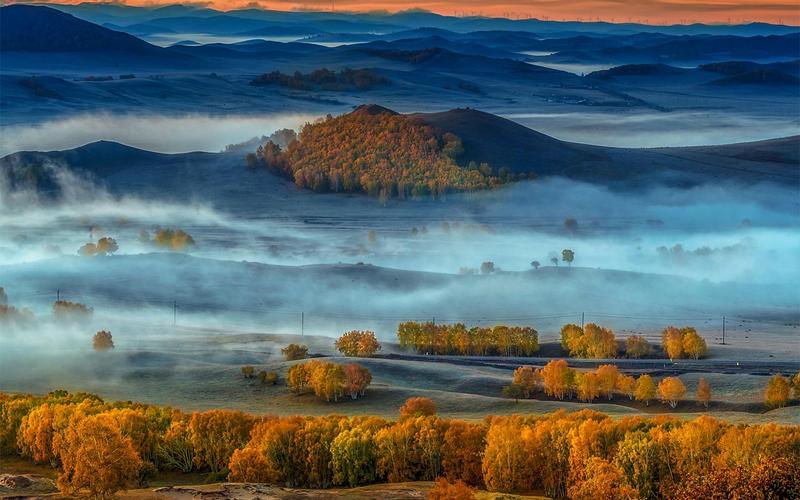Brazil is a nation with a rich and vibrant cultural heritage, known for its colorful and lively festivals, music, dance, and art. But what lies behind this exuberant surface? In this article, we’ll delve deeper into the vibrant cultural traditions of Brazil, exploring the influences and meanings behind its diverse cultural practices.
At its core, Brazil is a melting pot of different cultures, with a long history of immigration from Europe, Africa, and Asia. This diversity is reflected in the many different regional traditions that exist throughout the country, each with its own distinct flavor and character.
One of the most well-known and popular Brazilian traditions is Carnival, a massive celebration held in the week leading up to Lent. This is a time when Brazilians let loose, dressing up in elaborate costumes, and parading through the streets, dance halls, and samba schools. The origins of Carnival can be traced back to European Catholic traditions, but it has since evolved into a distinctly Brazilian phenomenon, with its own unique music, dance styles, and artistic expressions. Samba and capoeira, which are both UNESCO-recognized forms of cultural heritage, are some of the most iconic examples of these Brazilian cultural expressions.
Another widely recognized cultural tradition in Brazil is its cuisine. Brazilian food is an amalgamation of European, African, and indigenous influences, with specialties like feijoada, a black bean stew with pork and sausage, and churrasco, a barbecue-style meat served on skewers. Brazil is also the world’s largest producer of coffee, and its coffee culture is another important part of its culinary traditions.
Religion also plays a prominent role in Brazilian culture, with many people practicing Roman Catholicism as their primary religion. However, there are also many Afro-Brazilian religions, like Candomblé and Umbanda, that have their roots in Africa but have been adapted to Brazilian culture. These religions often involve belief in supernatural spirits, and their rituals often include music, dance, and offerings to the spirits.
Brazil is also home to a thriving art scene, with many talented artists working across a range of mediums. Some of the most notable artistic movements that have emerged in Brazil include Tropicália, a cultural and political movement that fused pop art with Brazilian culture, and the concrete art movement, which was characterized by its use of abstract geometry and mathematical principles.
To sum up, the cultural traditions of Brazil are incredibly diverse and dynamic, reflecting a long history of cultural fusion and evolution. From the music and dance of Carnival to the rich culinary traditions and intricate religious practices, Brazil’s cultural heritage is a testament to the creativity, resilience, and diversity of its people.
(Note: Do you have knowledge or insights to share? Unlock new opportunities and expand your reach by joining our authors team. Click Registration to join us and share your expertise with our readers.)
Speech tips:
Please note that any statements involving politics will not be approved.
